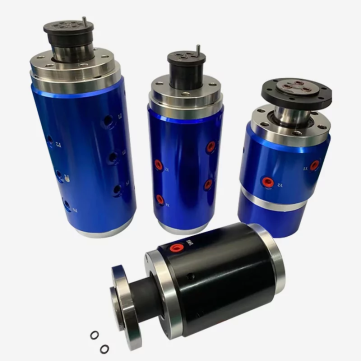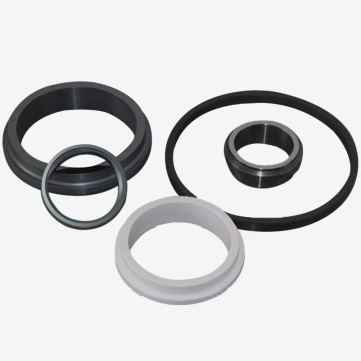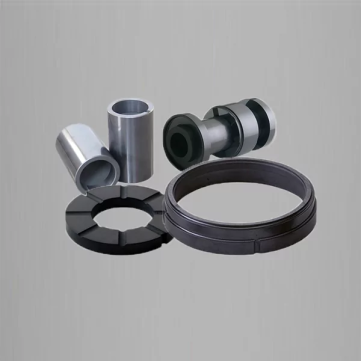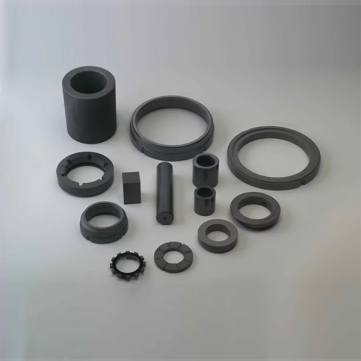Setting sail on a shipbuilding project can be a thrilling and fulfilling experience. But, as with any journey, it’s essential to ensure that all components are in top-notch condition to avoid potential disasters. One crucial component that should not be overlooked is the mechanical seal used for sealing shafts or pumps. From preventing leaks to reducing maintenance costs, choosing the right mechanical seal can make all the difference in ensuring your ship stays seaworthy and safe for its crew members. In this blog post, we’ll delve into why selecting an appropriate mechanical seal like Junty‘s seal parts is critical for your shipbuilding project’s success and discuss some key factors you should consider when making your choice. So grab a life jacket and join us as we explore the importance of choosing the right mechanical seal rotary part!
Introduction
A properly fitted and maintained mechanical seal is absolutely essential for the success of any shipbuilding project. A faulty seal can lead to costly damage and even loss of life. The purpose of this article is to provide a basic overview of the different types of mechanical seals available, as well as their specific applications in shipbuilding. It is also important to note that not all seals are created equal, and it is important to select the right one for your specific application.
Types of Mechanical Seals
There are three main types of mechanical seals: compression, containment, and adhesion. Compression seals are used to maintain a certain pressure within a vessel or pipe. Containment seals are used to prevent fluid or gas from escaping from a vessel or pipe. Adhesion seals are used to create a physical connection between two objects. Each type has its own specific applications in shipbuilding.
Compression Seals
Compression seals are typically used in vessels or pipes that contain gas or liquids. They are responsible for maintaining a certain pressure within the vessel, which prevents damage from occurring due to excessive pressure changes (i.e., bursting). Compression seals can be either manual or automatic. Manual compression seals require someone to operate them manually; while automatic compression seals self-activate when the required pressure is reached. Automatic compression seals are more commonly used in today’s fleet because they’re less expensive than manual compression seals and they’re easier to operate. There are two main types of
Benefits of Using Junty’s Mechanical Seals in Shipbuilding Projects
Junty’s mechanical seals provide many benefits for shipbuilding projects, including improved sealing and watertight integrity. They are also able to withstand higher pressures and temperatures than other types of mechanical seals, making them a popular choice for marine applications.
One of the main benefits of using Junty’s mechanical seals is their ability to resist water leakage. This is due to their high pressure rating and the precision fit of their components. Additionally, Junty’s mechanical seals are able to handle higher temperatures, making them ideal for hot-box applications.
In addition to their sealing capabilities, Junty’s mechanical seals are also versatile in terms of design. This allows them to be adapted to a variety of applications and industries. For example, they can be used in oil and gas production facilities, food processing plants, chemical plants, power stations and more.
Conclusion
A properly designed mechanical seal can be the difference between a successful shipbuilding project and one that fails. Choosing the right type of mechanical seal for your project is crucial, and understanding how each type works can help you choose the right one for your needs. By knowing all there is to know about mechanical seals, you can ensure that your shipbuilding project runs smoothly and meets expectations.






